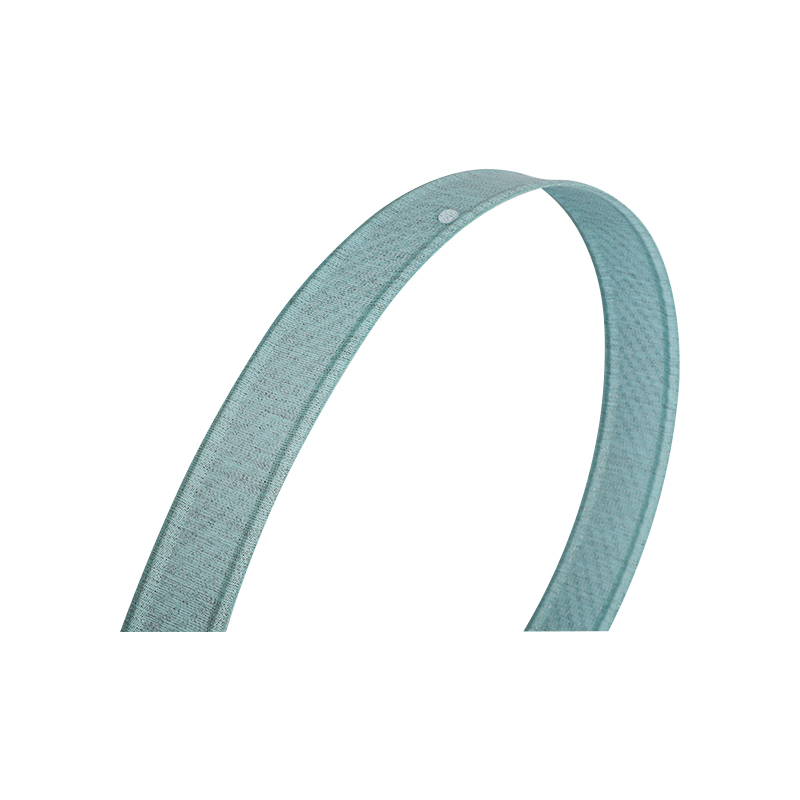
 "navigation"
"navigation"
02
In modern interior design, the choice of curtains and shading products is not only about functionality, but also reflects the aesthetic taste of the occupants or users. As an innovative shading solution, horizontal fabric blinds slats are gradually becoming an ideal choice for homes, offices and other commercial spaces due to their unique materials, design flexibility and practicality.
Horizontal fabric blinds slats are a shading product made of high-performance fabrics, usually installed in a horizontal direction to form an adjustable blind system. Unlike traditional aluminum alloy or PVC blinds, fabric slats give blinds a softer texture and rich color options, while also providing shading, heat insulation and privacy protection. The blades can be adjusted manually or electrically to control the intensity and direction of light entering the room.
Main features of horizontal fabric blinds slats
Lightweight and flexible
The fabric material makes the blinds lighter and more flexible, less likely to deform or damage due to external forces, and reduces the pressure on the window frame.

Excellent light control
The texture and density of fabric blades can be precisely designed to achieve different degrees of light transmission. From complete blackout to semi-transparency, users can freely choose according to their needs.
Sound insulation and thermal insulation performance
High-quality fabric materials have good sound insulation and thermal insulation performance, which can effectively reduce external noise and maintain stable indoor temperature, improving living comfort.
Environmental protection and sustainability
Many horizontal fabric blinds are made of environmentally friendly materials, such as recycled fibers or low-energy production processes, in line with modern green design concepts.
Diverse design styles
Fabric blades are available in a variety of colors, patterns and textures, which can easily integrate into various interior decoration styles, whether it is simple and modern or retro luxury, you can find a suitable match.
Manufacturing process and technology
The production of horizontal fabric blinds involves several key steps:
Material selection
High-quality fabrics are the basis for manufacturing high-performance blades. Commonly used materials include polyester fibers, cotton and linen blends, and special coated fabrics, which are durable, waterproof and UV-resistant.
Coating treatment
In order to enhance the waterproof, dust-proof and stain-resistant properties of the fabric, the surface of the blade is usually treated with a special coating. For example, the use of nanotechnology coatings can significantly improve the ease of cleaning.
Cutting and forming
According to customer needs, the fabric is precisely cut to uniform width and length, and the shape is fixed by heat pressing or other processes to ensure the flatness and consistency of the blades.
Quality inspection
The finished product is subject to rigorous testing, including tensile strength, abrasion resistance, light transmittance and fire resistance, to ensure that it meets international standards and actual use needs.
Application scenarios of horizontal fabric blinds
Home environment
In residential areas, horizontal fabric blinds are often used in areas such as living rooms, bedrooms and study rooms. They can effectively adjust light and add a warm atmosphere to the room.
Office space
Offices need to balance lighting and privacy, and fabric blinds meet this need. In addition, their sound absorption properties can improve the acoustics of the working environment.
Commercial places
In commercial spaces such as hotels, restaurants and retail stores, horizontal fabric blinds are favored for their elegant appearance and versatility. They not only protect privacy, but also create a high-end brand image.
Education and medical facilities
School classrooms and hospital wards require soft natural light while avoiding direct strong light. The light filtering function of fabric blades makes them an ideal choice for these places.
Sunrooms and balconies
Sunrooms and balconies are often exposed to the sun. Fabric blinds can effectively block heat while retaining some light to create a comfortable leisure space.
Market trends and development prospects
As consumers pursue more personalized and high-quality life, the horizontal fabric blinds blade market is ushering in new growth opportunities. Here are a few trends worth paying attention to:
Intelligent development
The popularity of smart homes has promoted the development of motorized fabric blinds. The angle of the blades can be remotely controlled through a mobile phone APP or voice assistant, which greatly improves the convenience of use.
Customized services
Different users have different needs for sunshade products. The future market will pay more attention to customized design, such as special sizes, exclusive colors or functional enhancement options.
Health and environmental protection concepts
Modern consumers are increasingly concerned about the health and environmental protection attributes of products, so manufacturers are developing more non-toxic, low-VOC emission fabric materials to meet market demand.
Global expansion
In Asia, Europe, North America and other regions, people's demand for sunshade products that are both beautiful and practical continues to grow, which provides a broad international market for horizontal fabric blinds.
With its soft texture, excellent functionality and diverse design styles, horizontal fabric blinds occupy an important position in modern interior decoration. From homes to commercial spaces, from office environments to public facilities, its wide application proves its irreplaceable value. In the future, with the continuous development of smart technology and environmental protection concepts, horizontal fabric blinds will continue to innovate and bring more comfortable, beautiful and sustainable living experience to global users. Whether in terms of functionality or aesthetic value, this product has shown great potential and is destined to occupy a place in the future sunshade market.